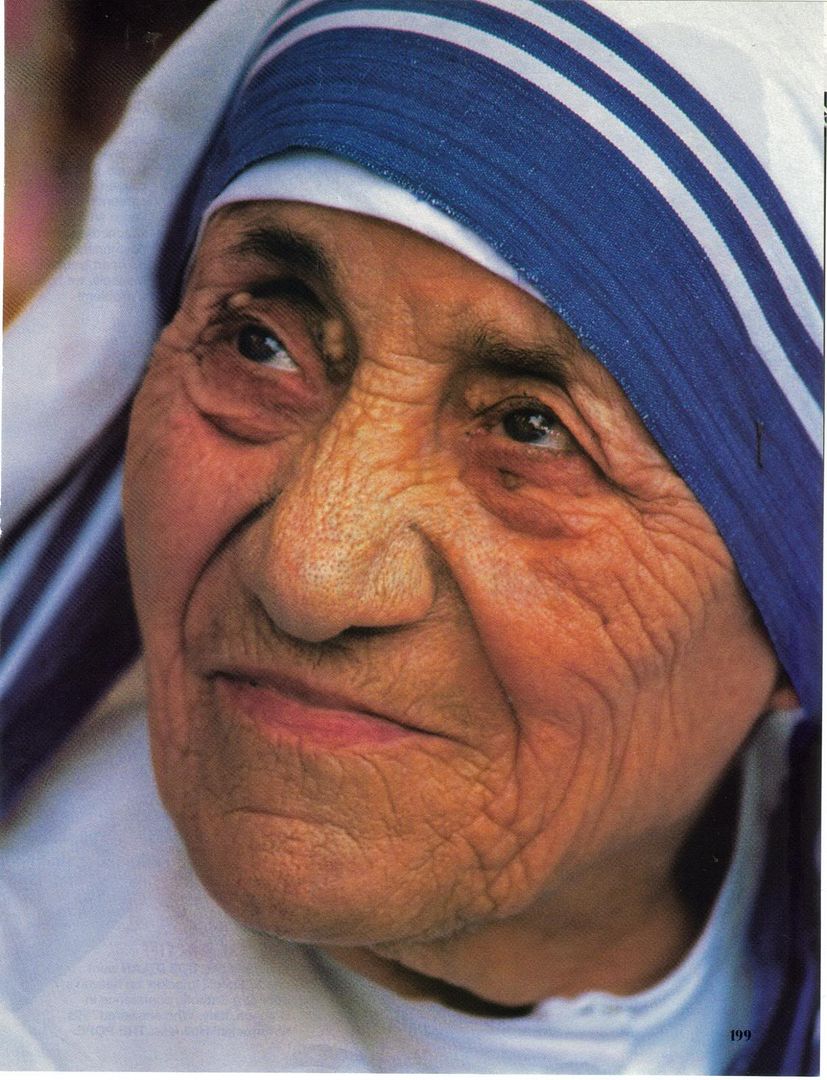The following are some excerpts from a news article at Compass Direct on the situation in Orissa.
Asserting that most area Hindus are tolerant and peaceable, victims of ongoing anti-Christian violence in the eastern state of Orissa blamed the Vishwa Hindu Parishad (World Hindu Council or VHP) and other extremist groups for the terror of the past two weeks.
“The mobs that attacked our parishes and institutions were largely composed of extremists from the VHP and its youth wing, Bajrang Dal,” said Bishop Sarat Chandra Nayak of the Behrampore Catholic diocese.
At least four parishes, a presbytery and a youth hostel were destroyed in Munniguda town in Rayagada district under the Behrampore diocese in the spate of violence that began following the killing of a VHP leader, Laxmanananda Saraswati, and four of his associates in Kandhamal district on August 23. Christian leaders say more than 100 lives have been lost and thousands of houses, churches and institutions damaged or destroyed in the violence.
Father Mathew Puthyadam, a Catholic priest in Phulbani town in Kandhamal district, told Compass that local Hindu families gave him shelter.
As mob of around 4,000 people was carrying the body of Saraswati in a procession outside his church on the night of August 24, he said, he first sought shelter with Christians.
“When the mob was destroying my parish [Christ the King Church], I went to the house of parish workers nearby and hid in a broken bathroom,” Fr. Puthyadam said. “The mob somehow came to know that the house belonged to Christians, and they launched an attack on it. They beat up the two boys who live there, but they managed to escape. Thankfully, they did not come to the bathroom.”
About an hour after the mob left, Fr. Puthyadam came out to the street to see if it was safe for him to leave.
“A Hindu lady told me some extremists were still roaming around,” he said. “She asked me to hide in her kitchen and gave me food to eat.”
Later, Fr. Puthyadam fled to a forest, and finally came to the Archbishop’s House in the state capital, Bhubaneswar.
Some Orissa locals believe the extremists meant to create a rift between Christian missionaries and lower-caste tribal peoples known as “Other Backward Classes” (OBCs).
Prabhu Kalyan Mahapatra, a local Hindu and freelance journalist, told Compass that he did not think the violence was the result of what media are portraying as a Hindu-Christian “clash.”
In Kandhamal, there are OBCs who are lower castes but not “outcasts,” Mahapatra said, noting that the OBCs were mainly traders, while Dalits and tribal peoples were laborers and the poorest of the poor. He said the OBCs exploited Dalit and tribal people.
“However, Christian missionaries provided education to Dalits and tribals, which was not liked by the OBCs for obvious reasons,” he said, pointing out that several people from Dalit and tribal backgrounds had risen to become bureaucrats and members of parliament because of education provided by Christian institutions. “And the VHP took advantage of the situation and created a rift between OBCs and Christian missionaries.”
Mahapatra said that locals’ tolerance for Christian converts made Hindu-Christian conflict an unlikely reason for the violence. A Christian convert, Madhusudan Das, was recognized by the people of all local communities as the “father of modern Orissa,” he said.
Das, a lawyer, social reformer and patriot, worked for the political, social and economical uplift of people of eastern India, especially Orissa, and contributed numerous articles and poems both in Oriya and English.
“If the people of these communities respect a convert [Das], how can you say the Hindus of Orissa are not tolerant?” he asked.
Mahapatra explained how the VHP extended Saraswati’s funeral procession to incite violence.
“The funeral was taken from Saraswati’s ashram [religious center] in Jalespeta to his other ashram in Chakapada in Kandhamal, covering around 134 kilometers, when the distance between the two ashrams is merely 70 kilometers,” he said.
The attacks on Christians began during the funeral procession, he added.
On physician-assisted suicide
6 days ago











